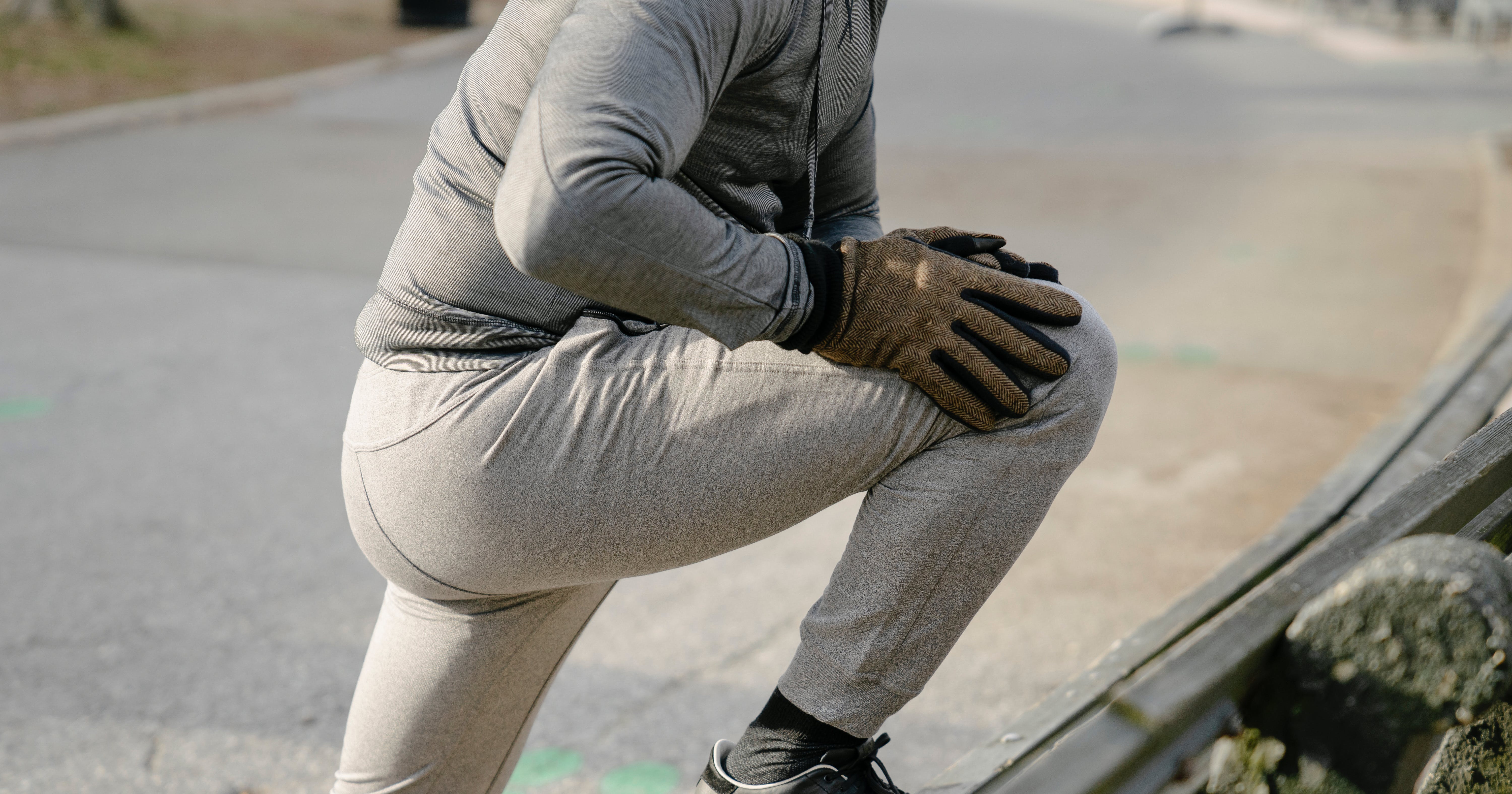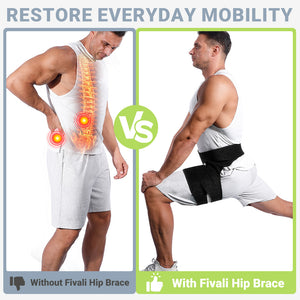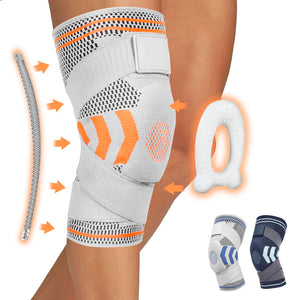What Exercises Can People with Knee Osteoarthritis Do?

Knee osteoarthritis is a degenerative joint disease that impairs knee motion and produces pain and stiffness. Exercise is essential for controlling the illness and enhancing joint health in general. The benefits of exercise for osteoarthritis in the knee are highlighted in this article, along with suggestions for certain activities. It also offers safety measures and advice on how to workout safely and effectively. People with osteoarthritis in their knees can improve their quality of life, lessen discomfort, and keep up their physical function by adhering to these instructions.
fivalifitness.com
Benefits
People with osteoarthritis in their knees can benefit from exercise in a number of ways. Among them are:
- Decreased inflammation and pain: Frequent exercise can help relieve knee discomfort and inflammation. Exercise helps to enhance blood flow to the joints, which reduces swelling, and it also encourages the release of endorphins, which are naturally occurring pain relievers.
- Increased joint mobility and flexibility: Exercises like range-of-motion exercises can help improve knee range of motion and joint flexibility. This can lessen joint stiffness and make it easier for people to carry out regular tasks.
- Increased muscle endurance and strength: Strengthening workouts focus on the quadriceps, hamstrings, and calf muscles, which are located around the knees. People can reduce stress and increase overall joint stability by strengthening these muscles and giving the knee joint more support.
- Improved physical function and general quality of life: People who regularly exercise their bodies are better able to participate in activities they enjoy and maintain their independence. Additionally, it may improve one's mood, mental health, and general quality of life.
- Weight management: Physical activity can assist people with osteoarthritis in either maintaining a healthy weight or shedding excess weight. Being overweight puts extra strain on the knees, aggravating discomfort and joint deterioration. People who exercise regularly to manage their weight can lessen the strain on their knees and find relief from pain and stiffness.
It is noteworthy that before beginning an exercise regimen, people with osteoarthritis in their knees should speak with a medical expert or physical therapist. Depending on the person's unique situation and degree of fitness, they can offer tailored advice and recommendations.
Recommended Exercises
Numerous exercises are recommended for those who have knee osteoarthritis. These are gentle workouts that target strengthening, flexibility, and general joint function. These are a few instances:
Exercises for range of motion: These exercises are designed to increase the knees' flexibility and mobility. Knee bends, leg raises, and heel slides are a few examples. As tolerated, progressively expand the range of motion from modest beginnings.
Exercises for strengthening: Increasing the strength of the muscles surrounding the knees can help to stabilize and support the joint. Among the exercises that work well are:
- Quadriceps strengthening: Straight leg raises, seated leg extensions and wall squats can help strengthen the quadriceps muscles at the front of the thigh.
- Strengthening your hamstrings: Exercises like curls and bridges can focus on the muscles located in the rear of your thigh.
- Calf muscle strengthening: Heel and toe raises are exercises that can help strengthen the calf muscles.
Aerobic workouts: Aerobic low-impact activities are good for osteoarthritis in the knee. They assist in increasing cardiovascular fitness without overstressing the knees. Walking, riding, swimming, and utilizing an elliptical machine are a few examples. As tolerated, progressively increase the intensity and duration from shorter starting points.
Exercises for stability and balance: These can enhance balance and lower the chance of falling. Stability can be improved by practicing tai chi, yoga, and balancing exercises like standing on one leg. If needed, get help or cling to anything solid.
Exercises performed in the water: Activities in the water, such swimming or water aerobics, are especially good for treating osteoarthritis in the knees. The water's buoyancy provides resistance for developing muscles while lessening the strain on the joints.
It's crucial to begin cautiously and pay attention to your body. Exercise should be modified or stopped if it hurts or is uncomfortable. It is advisable to seek assistance from a healthcare practitioner or physical therapist to ensure that your workout regimen is tailored to your individual needs and capabilities.
Precautions and Tips
It's crucial to exercise safely and effectively when dealing with knee osteoarthritis by taking the following precautions:
- Talk with a medical professional: Before beginning an exercise regimen, seek advice from a medical professional or physical therapist.
- Warm-up and cool down: To prepare your muscles and joints and avoid stiffness, always warm up before exercising and cool down afterward.
- Start light and work your way up: Start with low-impact workouts and progressively boost the duration and intensity.
- Make use of suitable form: To prevent knee strain, perform activities in good form.
- Reduce or stay away from high-impact activities: Activities like running and jumping that put too much strain on the knees should be minimized or avoided.
- Adjust workouts as necessary: Exercises that involve utilizing support or reducing range of motion might be modified to lessen the strain on the knees.
- Add rest days to your schedule: Allow your body to recuperate and rest in between workouts.
- If necessary, use assistive devices: For support and pain alleviation, think about utilizing walking aids, orthotics, or braces for the knees.
- Be dependable: Strive for a constant fitness regimen that includes a mix of strength, flexibility, and cardio workouts.
- Seek expert advice: For appropriate management, speak with a healthcare provider if you are experiencing persistent discomfort or have any concerns.
fivalifitness.com
Reference
Exercises to help with osteoarthritis of the knee
4 Strength Training Exercises for People with Osteoarthritis
*Disclaimer
The information provided in articles written by Fivali is intended for educational and reference purposes only. The content on this website (www.fivalifitness.com) is not intended to diagnose, treat, cure, or prevent any disease. We do not recommend self-diagnosis or self-treatment based on the information provided in our articles. Always consult a qualified healthcare professional if you have any concerns about your health or well-being.
If you are experiencing any symptoms or discomfort, we strongly encourage you to seek medical attention from a qualified healthcare professional. Only a licensed healthcare practitioner can provide an accurate diagnosis and appropriate treatment plan tailored to your individual needs.













